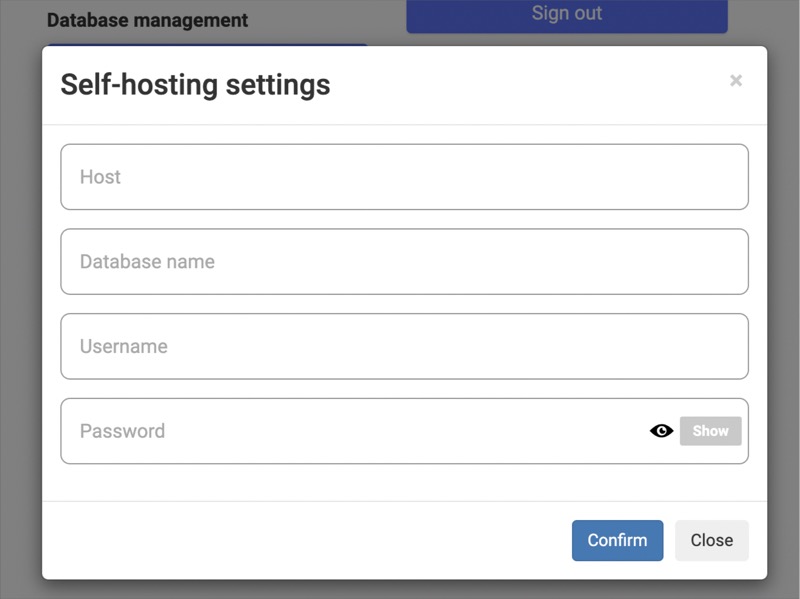How to find casino affiliates using affiliatetrack
This year I did a quick poll in LinkedIn asking my network how affiliate managers find their affiliates.
My prediction was that less than 20% of affiliate managers used any dedicated tool to find affiliates and that most rely on Google. I didn’t think many would have used SEO tools but that was the only thing that surprised me.
The results? Out of 31 people that participated we have the following data:
- 52% use search
- 32% use SEO tools
- 13% use existing affiliate finder tools
- 3% use paid media and advertising
So where does an affiliate manager go to find affiliates?
We should expect Google to be the go to source. Type in ‘casino reviews’ and you’ll get thousands of results.
I wouldn’t be surprised if the people at Rotten Tomatoes get asked all the time ‘do you have casino traffic’ or ‘what geos do you have?’.
So you got a list of sites, now what?
You visit each one and scroll while looking for any type of semblance of contact info: email, contact form or any social link. You can send your messages and hope those affiliates respond and ideally signup to your program.
Get this! Many won’t have any contact info at all.
How to find affiliates with SEO tools?
Let’s talk about Ahrefs.
First step is to put in a casino that you know has a lot of affiliates. In this example we looked at Kingbillycasino.com and saw all the newest links pointing to that domain. As you can see from the image, the tracking links are easy to identify as they start with https://ia.kingbillycasino.com.
That’s it, you got your lists.
Using affiliate / publisher finder tools
Ok so yes it is a thing where people have made their own set of tools to help managers find affiliates. One of those tools is affiliatetrack.io.
AffiliateTrack scans the internet and many social channels looking for gambling affiliates. It does it by keyword search as well as identifying affiliate links redirecting to gambling operators like online casinos or online sportsbooks.
The app then scans for as many contact points that can be found on the site. That includes email addresses, contact forms and social media sites like Twitter, Facebook and LinkedIn. It can also include Skype.
What you end up with is a very big list of sites which you can download the data and contact manually or use A/B split testing of your email campaigns.
The app will also compare the list against sites already linking to your brands. This helps you find new affiliates to work with.
Discover when an affiliate stops promoting your brands
If you have affiliates already in your database, you would want to know if they stop promoting you. Our app can detect lost links from a site. This is the best chance to try to recover by contacting that affiliate to see what you can do to strengthen your relationship.
Outreach tips for contacting affiliates
Most affiliates are bombarded daily with messages to join a program. As a former affiliate myself, here is a list of complaints in how most affiliate managers approach affiliates. Learn from this feedback and don’t be that next annoying affiliate manager that ruins their chance at a positive working relationship.
- Doesn’t check to see if their brands are already listed on the site
- Asking for top position on the homepage
- Expecting better results before giving a better deal
- User a CRM
Not using the the search bar!
So many affiliate managers approach a site without fully checking to see if they are listed. In my case, the search bar would have quickly revealed they were listed. Yet affiliate managers would still contact as if I’m a new prospect.
Asking for top position
This is absolutely one of the worst requests to make.
Why?
Because it is the most common request and there is only 1 top position and this request comes in almost once a day. Just don’t ask. Most affiliate managers don’t realize there are other parts of a website or company that can drive more traffic and more valuable users too. Quite often this request will mean you’ll overlook some other amazing channels on a site like:
- Email newsletters
- Blog content
- High converting or high traffic sub pages
Email newsletters
Newsletters are almost instant results so focus on that instead. It was rare to get asked about being featured in a newsletter. Any request would have been almost instant and easy to do.
Blog Content
Often blog content will deliver traffic and it is constant and in some cases evergreen. Blog content not only delivers traffic but helps to build up a brand. Blog content can be very powerful and most brands overlook this.
High converting sub pages
Believe it or not, there are some sites where the best converting traffic and sometimes the most trafficked pages are NOT on the homepage. Everyone is coming at this with a Google mentality that you have to be #1 to get all the traffic. You could be missing out on more traffic and more users if you either focus on other pages, or simply ask!
Use a CRM
Last but not least, please use a CRM. Use anything from Excel / Google Sheets to Hubspot. Or better yet, re-read your convo or email history with that affiliate so you don’t come back asking for the same thing.
So why do I need an affiliate finder tool?
The answer is simple, as an affiliate manager your job is to grow your affiliate database and retain the ones you currently have. An affiliate finder tool like affiliatetrack.io does both. Not all affiliate managers will use these so this is your edge on the competition.
How can I get affiliatetrack.io?
Signup to the Affiliate Manager Insider Newsletter to get access.

